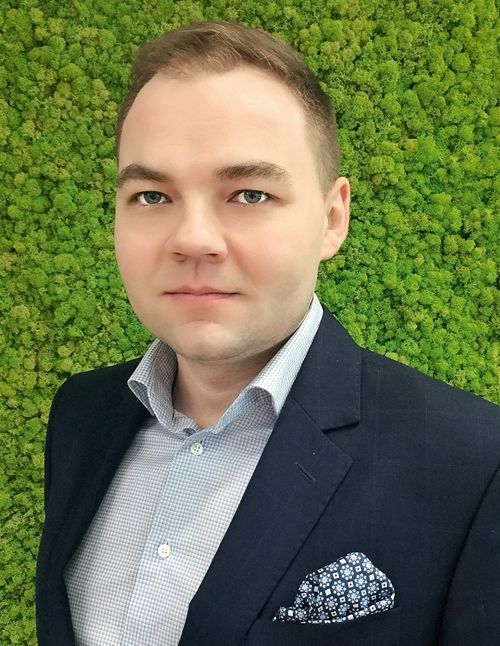The customer only has to pay a fixed monthly fee for the use of lighting services, while the owner, manager and service provider remains Philips Lighting. “Such a comprehensive lighting modernisation project is divided into several stages: beginning with a field inspection and audit, to the development of a concept for the new lighting system, the implementation stage, and finally the maintenance of the system in line with pre-defined parameters. The client stipulates precisely what the lighting’s final effect should be and then doesn’t need to worry about anything else. They pay for a specific result. As the supplier we have full responsibility over the entire life cycle of the project,” explains Maciej Jeziorski, the industrial business leader at Philips Lighting Poland.
The obvious question that springs to mind is: but who can afford this? It turns out that quite a large number of clients can. Such an investment does not involve any initial costs or other fi































































